Enterprise UX Trends for Late 2025: Smarter, Simpler, More Human-Centered Design
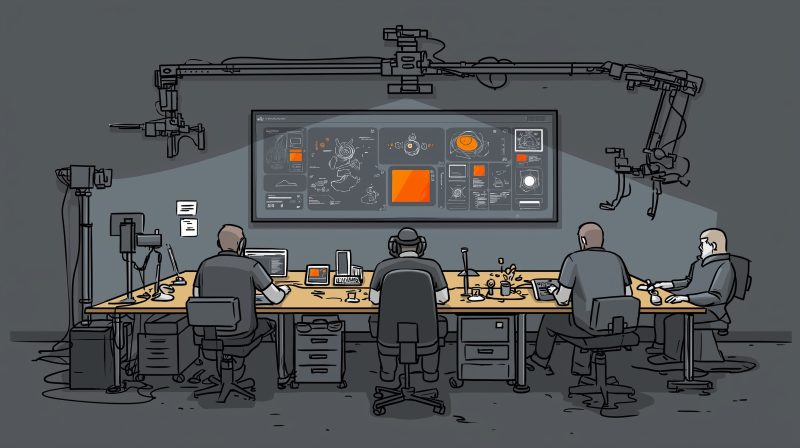
As we enter the latter half of 2025, enterprise UX is evolving to reflect technological advancements as well as cultural, operational, and ethical changes. If 2024 was about laying the groundwork for more adaptive, inclusive, and intelligent experiences, the back half of 2025 is proving to be a time of refinement and realignment. Here are the emerging trends we’re watching in enterprise UX as we head toward 2026.
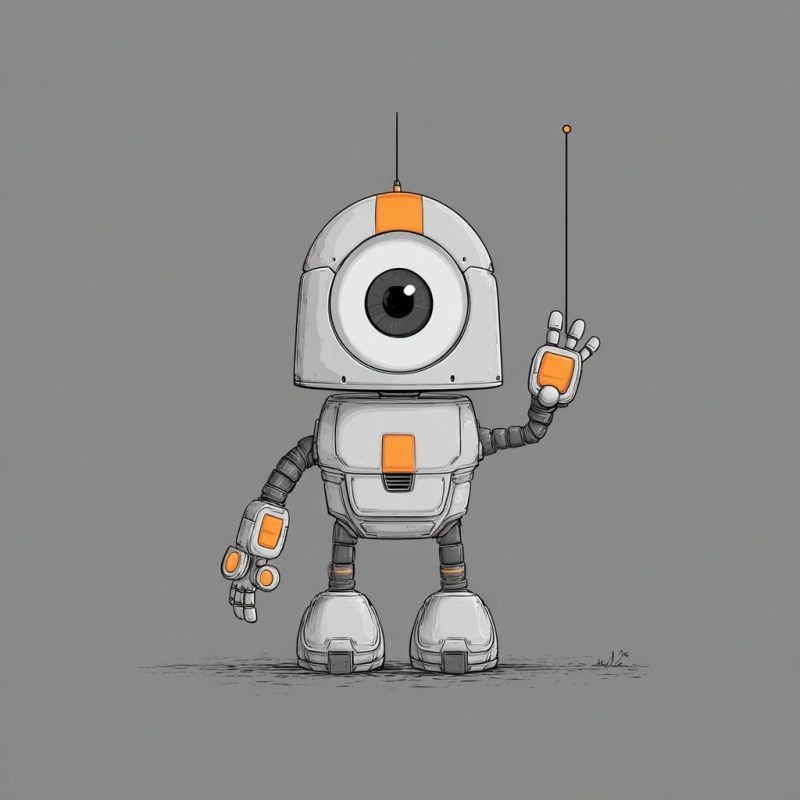
1. AI Design Transparency and Trust
AI is no longer a novelty in enterprise tools—it's expected. But with this ubiquity comes a demand for clarity. Users now expect transparency in how AI makes decisions, and designers are being challenged to build trust directly into the interface. Features like explainable AI outputs, data source visibility, and human override controls are becoming standard in enterprise UX.
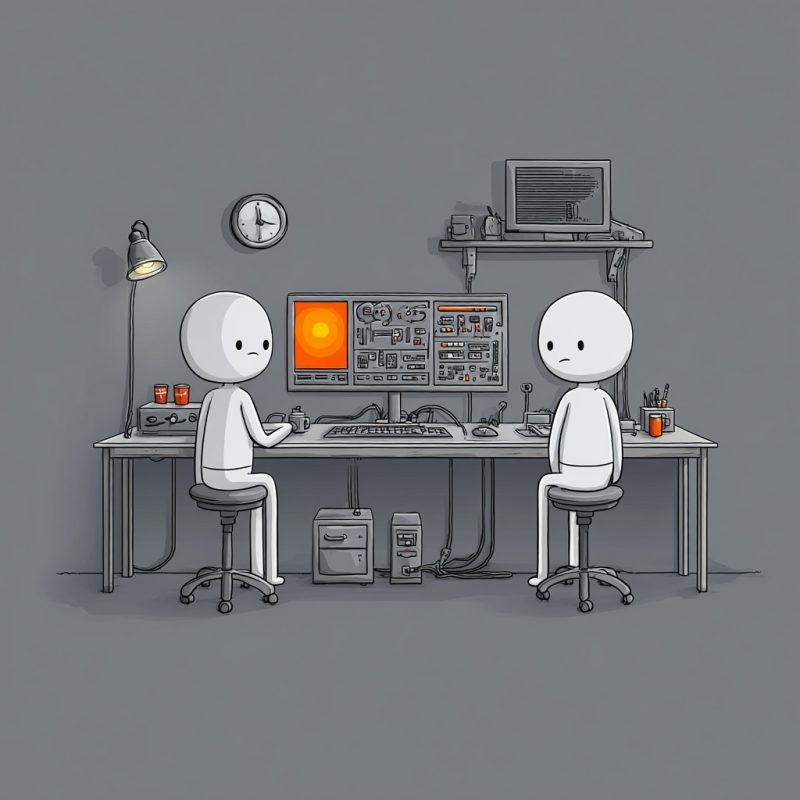
2. Systems That Support Human Judgment, Not Replace It
Rather than trying to automate every decision, UX in 2025 is focusing on designing systems that augment human thinking. From predictive dashboards that present options rather than answers to tools that highlight anomalies without overstepping, the goal is to enhance confidence, not replace expertise.
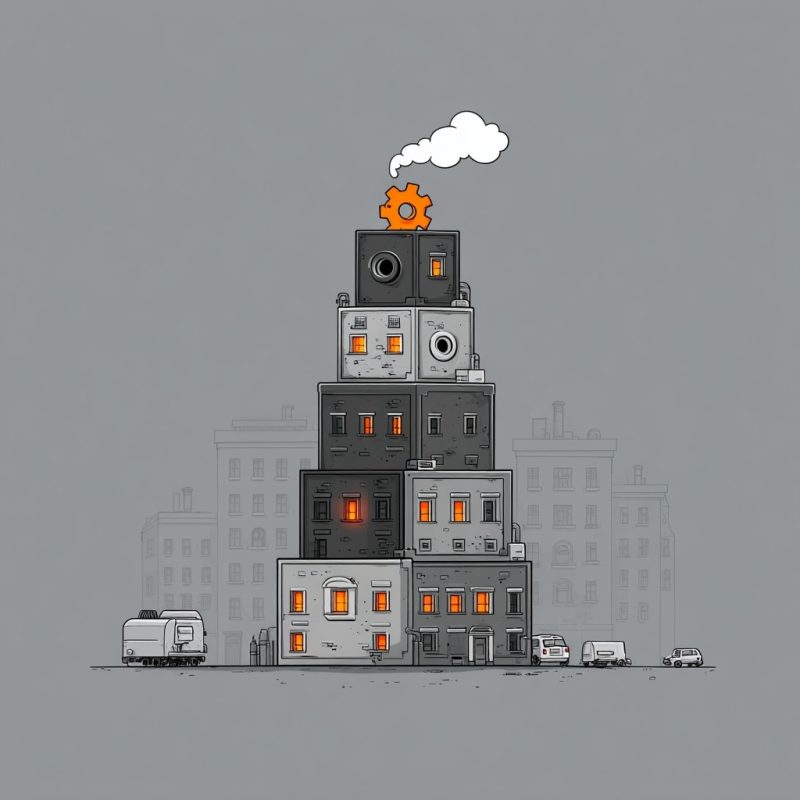
3. Modular Design for Enterprise Scalability
Enterprises are demanding more flexibility as tech stacks grow increasingly diverse. UX teams are responding by building modular, composable interfaces that allow features to be reused, adapted, or embedded across different systems. This approach not only improves scalability but creates more cohesive user experiences across platforms.
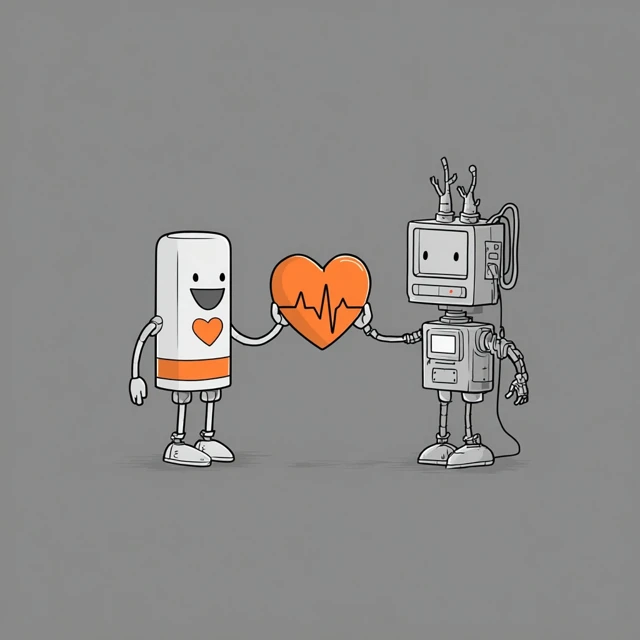
4. Emotionally Intelligent Interfaces
Tone, timing, and empathy are becoming essential design considerations in enterprise applications. Whether it's a nudge to take a break, a thoughtful acknowledgment after completing a complex task, or adaptive messaging based on user behaviour, emotionally aware UX is creating more humane digital environments.
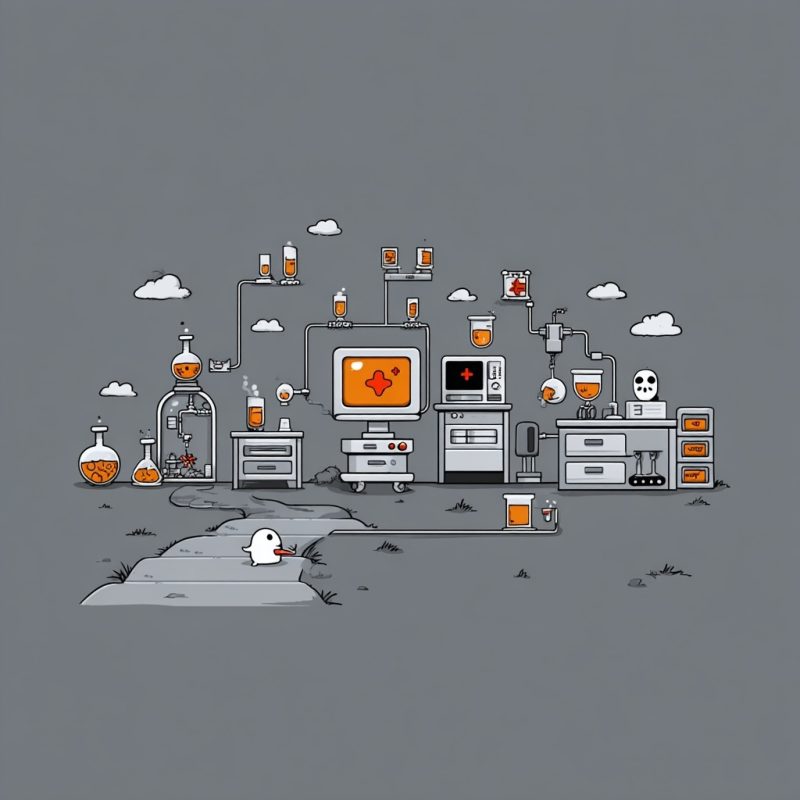
5. Cross-Tool Workflows Without the Friction
As collaboration continues to span across tools like Slack, Notion, Miro, Jira, and enterprise software suites, users expect smoother transitions. Designers are investing more in UX patterns that reduce context-switching, maintain data continuity, and allow tasks to follow users from one platform to the next seamlessly.
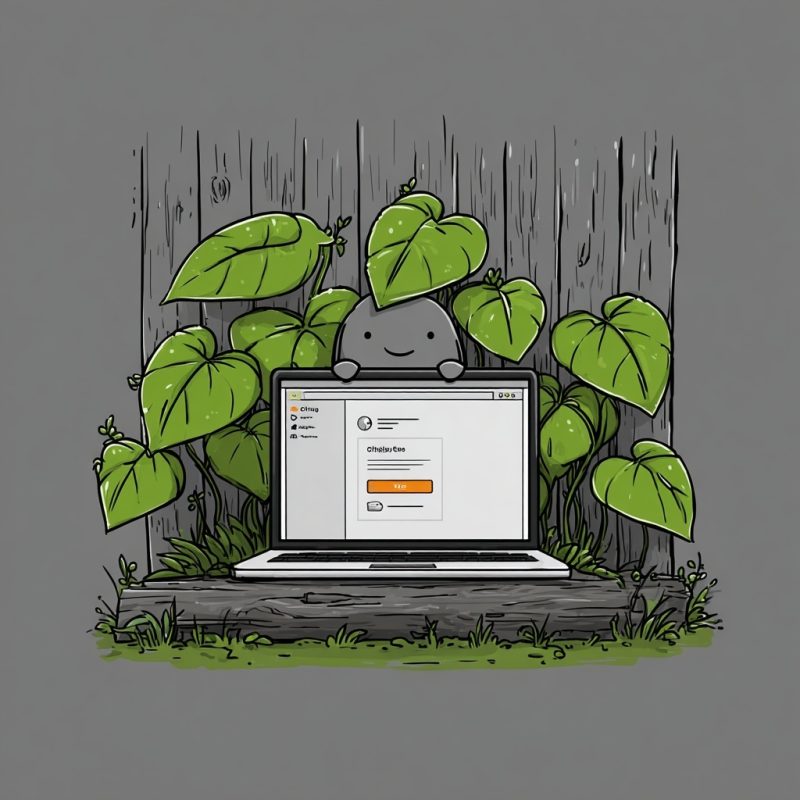
6. Green UX Matures
Sustainable UX has moved past lightweight interfaces and server load reduction. Now, it includes encouraging user behaviour that aligns with sustainability goals: reducing digital bloat, surfacing greener options in enterprise systems (like low-carbon shipping methods or efficient scheduling), and promoting awareness without nagging.

7. UX Metrics Go Beyond Usability
Measuring success in UX is shifting toward impact-focused metrics. In addition to traditional usability scores, teams are now tracking metrics like time-to-value, task confidence, user adaptability, and digital well-being. This broader perspective is helping businesses better understand the true value of design.
Conclusion
The second half of 2025 is shaping up to be a pivotal moment in enterprise UX. The tools are smarter, the design challenges are deeper, and the expectations are higher. But the opportunity to create meaningful, adaptive, and ethical user experiences has never been greater. As we move toward 2026, the question is no longer how we make enterprise tools usable—it's how we make them valuable, responsible, and human.